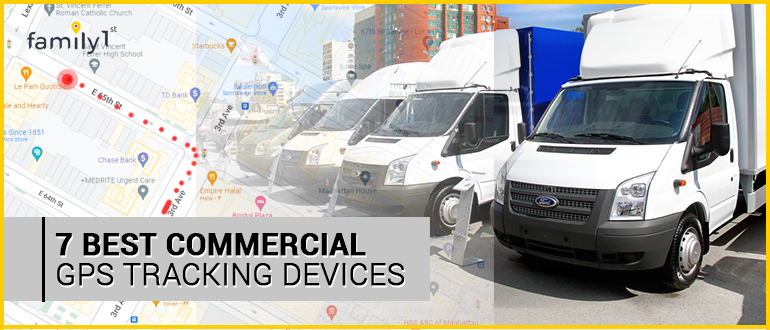Key Takeaways:
- GPS tracking works by using satellites to calculate and transmit exact real-time locations.
- Losing a GPS signal means the device can’t connect to satellites, which stops location tracking.
- This loss usually happens due to power failure, blocked signals, bad antenna placement, or outdated software.
- You can restore the signal by fixing power, repositioning the device, updating software, or checking network status.
Table of Contents
What Is GPS Tracking and How Does It Work?
GPS tracking finds a location using signals from satellites in space. The device measures its distance from multiple satellites to calculate an exact position.
The tracker sends this location to an app or platform through mobile data or satellite connection. The user sees live movement or past routes on their screen.
Also see: How does the tracker work?
What Does “No GPS Signal” Mean?
“No GPS Signal” means the tracker fails to connect with the required minimum of four satellites. This disconnection stops the device from calculating or updating its geographic location.
Signal loss occurs due to obstructed satellite visibility, power failure, or hardware faults. Environments like tunnels, basements, or dense urban zones trigger this failure most frequently.
Common Causes of No GPS Signal
Physical Obstructions
Physical obstructions block satellite signals before they reach the GPS tracker. Buildings, tunnels, thick trees, or underground areas break the connection and stop location updates.
Electromagnetic Interference
Electromagnetic interference disrupts signal reception near powerful electronics. Radios, antennas, or even microwaves push out waves that interrupt satellite communication.
Adverse Weather Conditions
Severe weather weakens or breaks GPS signals. Heavy rain, storms, and solar flares reduce accuracy or shut down tracking.
Device Power Issues
Power loss stops GPS tracking instantly. A dead battery or disconnected cable cuts off both the signal and the data transfer.
Antenna Placement and Orientation
Wrong antenna position lowers signal strength. Covered, tilted, or badly placed antennas lose contact with satellites.
Software or Firmware Issues
Outdated software blocks proper signal processing. Without regular updates, the device fails to interpret satellite data.
SIM Card and Network Connectivity Problems
SIM or network issues break the link between the tracker and the platform. No credit, poor coverage, or bad settings freeze live updates.
How To Troubleshoot GPS Problems
Check Device Power
Start by confirming the GPS tracker is powered on. Recharge the battery or secure the power connection to restore the signal.
Inspect Signal Obstructions
Move the tracker to an open space with a clear sky view. Avoid tunnels, basements, or areas surrounded by tall buildings.
Verify Antenna Position
Make sure the antenna is properly installed and facing upwards. Keep it uncovered and free from metal or dense materials.
Reset the GPS Tracker
Restarting the device often fixes temporary signal glitches. Hold the power button or use the app’s reset option to reboot the tracker.
Update Firmware and Software
Check the manufacturer’s website or app for updates. Install the latest versions to improve compatibility and signal processing.
Test SIM Card and Network
Ensure the SIM card has data, is active, and correctly inserted. Check if the area has stable cellular coverage.
Check for Interference
Keep the tracker away from electronics like speakers or large machinery. These devices emit waves that interfere with GPS signals.
Use Diagnostic Tools
Many GPS platforms include tools to test signal strength, device status, and data logs. Use these to identify where the fault lies.
Contact Technical Support
If all steps fail, reach out to the tracker’s support team. Provide logs, location data, and error messages for faster help.
Reliable Real-Time Tracking with Family1st
Family1st GPS Tracker tracks people, vehicles, or valuables in real time with accurate location updates. It uses 4G LTE connectivity to ensure fast and uninterrupted tracking.
The device is small, lightweight, and easy to carry or hide in bags, cars, or pockets. It lasts up to 14 days on a full charge, making it ideal for long-term use without daily charging.
You can set geofences and get instant alerts when the tracker leaves or enters a specific area. The mobile app shows current location, speed, and route history, helping you monitor movements clearly and easily.









Next
Previous